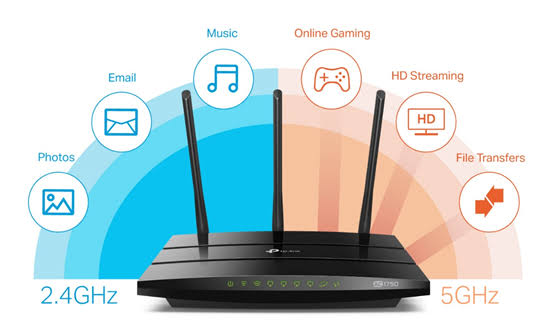A slow WiFi connection can be frustrating, especially when working, streaming, or gaming. Thankfully, improving your internet speed does not always require expensive equipment or advanced technical skills. Small adjustments to your setup and habits can make a noticeable difference in your network’s performance.
Position Your Router Strategically
The placement of your WiFi router greatly affects signal strength. If it is placed in a hidden corner or inside a cabinet, the signal may weaken before reaching your devices.
For better performance:
- Place the router in a central, open location
- Avoid placing it near thick walls or metal objects
- Keep it elevated on a shelf rather than the floor
- Ensure there are no large electronic devices causing interference nearby
A clear line of sight between the router and your devices helps reduce signal loss.
Reduce Interference from Other Devices
WiFi signals can be disrupted by household electronics such as microwaves, cordless phones, and Bluetooth devices. This interference can slow your connection, especially on the crowded 2.4 GHz band.
You can improve speed by:
- Switching to the 5 GHz frequency band if supported
- Keeping your router away from interfering appliances
- Limiting the use of high-bandwidth devices when streaming or gaming
This ensures your devices have cleaner, less obstructed access to the network.
Update Your Router’s Firmware
Just like your phone or computer, routers need regular updates to perform optimally and stay secure. Manufacturers release firmware updates to improve speed, stability, and security.
To benefit from updates:
- Check your router’s settings or manufacturer’s website
- Enable automatic updates if available
- Restart your router after updating to apply changes
An updated router can manage network traffic more efficiently, leading to better speeds.
Manage Connected Devices
Too many devices using your WiFi at the same time can slow the connection for everyone. Smart TVs, gaming consoles, and IoT gadgets may be consuming bandwidth even when not actively in use.
To control usage:
- Disconnect devices not in use
- Use Quality of Service (QoS) settings to prioritize important devices
- Limit large downloads during peak usage hours
Balancing device usage ensures smoother connectivity for essential activities.
Use a WiFi Extender or Mesh System
If your home has dead zones where the WiFi signal is weak, a WiFi extender or mesh network can help. These devices boost coverage and provide a stronger, more consistent signal.
Options include:
- Single plug-in extenders for small coverage gaps
- Whole-home mesh systems for large spaces
- Powerline adapters that transmit data through electrical wiring
This is especially useful for multi-story homes or areas far from the main router.
Restart Your Router Regularly
Over time, routers can become overloaded with cached data and minor glitches. Restarting clears these temporary issues and refreshes the connection with your Internet Service Provider.
To keep speeds optimal:
- Restart your router once a week
- Use a smart plug to automate restarts if possible
- Unplug it for 30 seconds before turning it back on
A simple reboot can resolve temporary slowdowns without further effort.
Consider Upgrading Your Internet Plan or Equipment
If you have tried all other solutions but still experience slow speeds, your plan or hardware may be outdated. Older routers may not support the latest WiFi standards, and low-tier internet plans may not meet your needs.
Upgrading can include:
- Moving to a faster internet plan from your provider
- Getting a modern router with WiFi 6 support
- Using Ethernet cables for high-speed devices like gaming PCs or streaming boxes
Modern equipment is designed to handle higher speeds and more connected devices efficiently.




12 thoughts on “Simple Ways to Improve Your WiFi Speed”